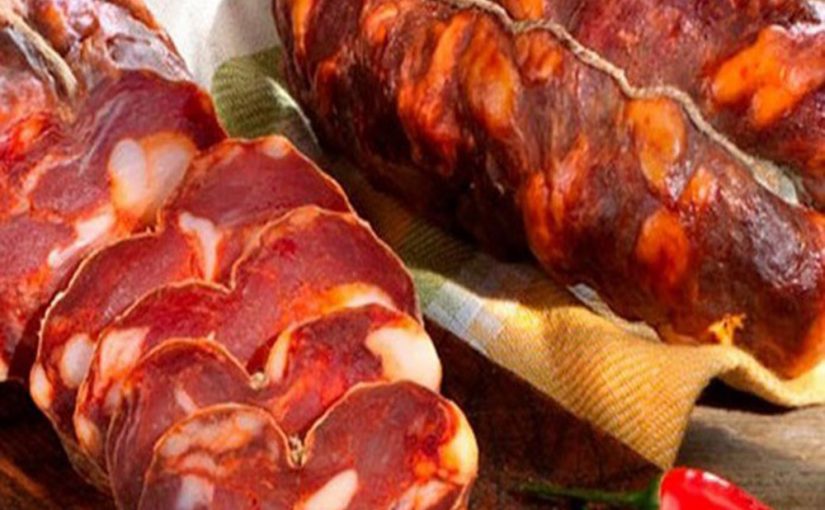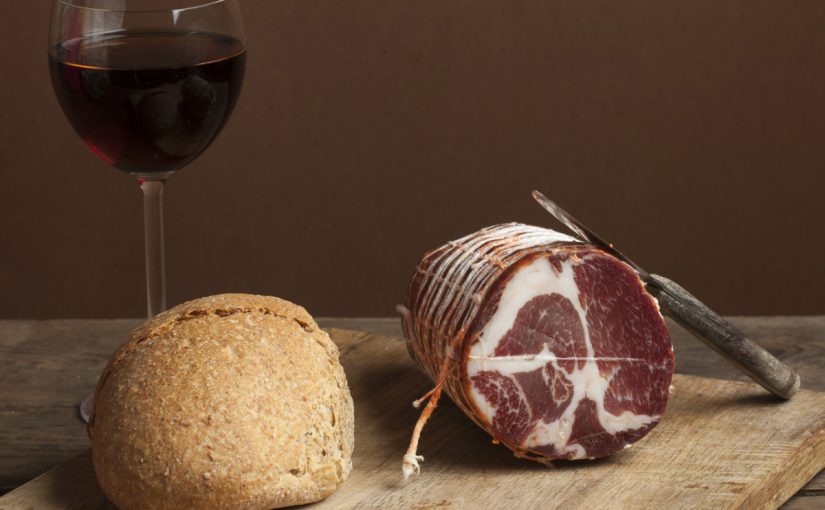16.02.2018
One of the most known sausages and salami labelled in Calabrian DOPs is, certainly, “Soppressata”. Among them stands out the Calabrian “sorpressata”, because in Calabria, and generally in the south of Italy, this salami is part of southern Italian cultural heritage, much more than in the north.
“Soppressata di Calabria” enjoys protected designation of origin status, as in example that one produced in Acri and Decollatura, highly renowned.
And, even if there are many variations, and only two principal types are made (a cured dry sausage typical of Basilicata, Apulia, and Calabria, and a very different uncured salame, made in Tuscany and Liguria), only Calabrian Soppressata is the Italian dry salami that has an international success.


